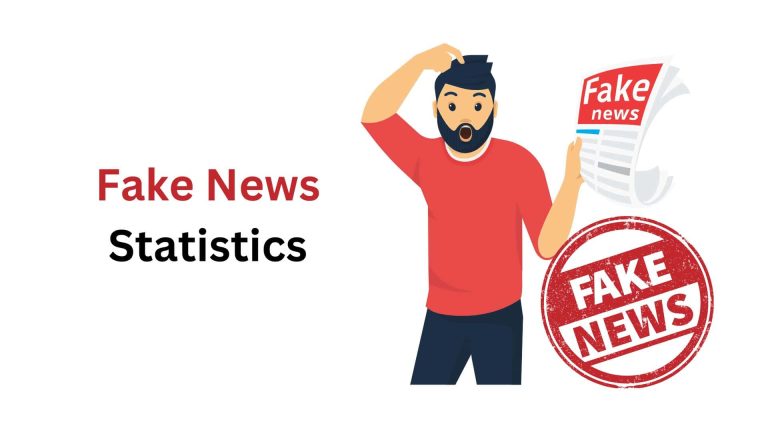The Pervasive Menace of Fake News in the Digital Age
The digital age, while offering unprecedented access to information, has also unleashed a torrent of misinformation, commonly known as “fake news.” This phenomenon, characterized by the rapid spread of fabricated or misleading information through online platforms, has become a global concern, impacting public opinion, political discourse, and even personal relationships. In 2024, a significant portion of internet users expressed growing anxiety about distinguishing real news from fake news, a trend exacerbated by the sheer volume of information circulating online. Social media, with its billions of users, serves as a primary conduit for this misinformation, often amplifying its reach and impact. Key areas particularly susceptible to fake news include politics and health, where misinformation can have serious consequences.
The Evolving Landscape of Fake News: From Deepfakes to Foreign Interference
The landscape of fake news is constantly evolving, with new technologies adding further layers of complexity. The rise of AI-generated deepfakes, for example, presents a significant challenge, particularly in the context of elections. These sophisticated manipulations of video and audio can create incredibly realistic yet entirely fabricated scenarios, potentially misleading voters and undermining democratic processes. The 2024 US Presidential election saw a heightened awareness of this threat, with concerns raised about the potential for deepfakes to influence public opinion. Furthermore, foreign interference, particularly from nations like China and Russia, has been identified as a key source of fake news aimed at disrupting elections and sowing discord. These actors often exploit social media and other online platforms to spread disinformation and manipulate public discourse.
The Impact of Fake News on Trust and Public Discourse
The proliferation of fake news has eroded trust in traditional media outlets. While some segments of the population continue to rely on established news sources, a significant portion remains skeptical, particularly among those with strong political leanings. This polarization of trust exacerbates the challenge of combating fake news, as individuals are more likely to believe information that aligns with their pre-existing beliefs, regardless of its veracity. Journalists themselves acknowledge the severity of the problem, with a vast majority expressing concern about the impact of fake news on society. They recognize the difficulty in combating misinformation and the need for greater media literacy among the public.
Artificial Intelligence: A Double-Edged Sword in the Fight Against Fake News
Artificial intelligence (AI) presents both a challenge and an opportunity in the fight against fake news. While AI can be used to create highly convincing fake content, such as deepfakes, it can also be leveraged to detect and debunk misinformation. However, public perception of AI’s role in combating fake news remains complex. While many acknowledge the potential of AI to identify fake news, there are also concerns about the potential for AI-generated misinformation to be even more persuasive than human-generated content. This highlights the need for ongoing research and development of responsible AI technologies that can effectively address the challenges posed by fake news.
Global Perspectives on the Threat of Fake News
The threat of fake news is a global phenomenon, but the specific concerns and perceptions vary across different countries. Some nations, particularly those with a history of political instability or weak media ecosystems, view fake news as a major threat to democratic processes and social cohesion. Others, while acknowledging the problem, may perceive it as less of an immediate danger. These differing perspectives highlight the need for tailored solutions that address the specific challenges faced by each country. International collaboration and information sharing are crucial in developing effective strategies to combat fake news on a global scale.
Combating Fake News: A Collective Responsibility
Addressing the pervasive problem of fake news requires a multi-pronged approach involving individuals, tech companies, media organizations, and governments. Individuals must develop critical thinking skills and practice responsible online behavior, verifying information before sharing it and being wary of sources that appear biased or unreliable. Tech companies have a responsibility to implement measures to prevent the spread of misinformation on their platforms, including fact-checking initiatives and algorithms that prioritize credible sources. Media organizations must uphold high journalistic standards and actively debunk fake news, while governments can play a role in promoting media literacy and supporting research into effective countermeasures. Ultimately, combating fake news is a collective responsibility requiring a concerted effort from all stakeholders to protect the integrity of information in the digital age.


